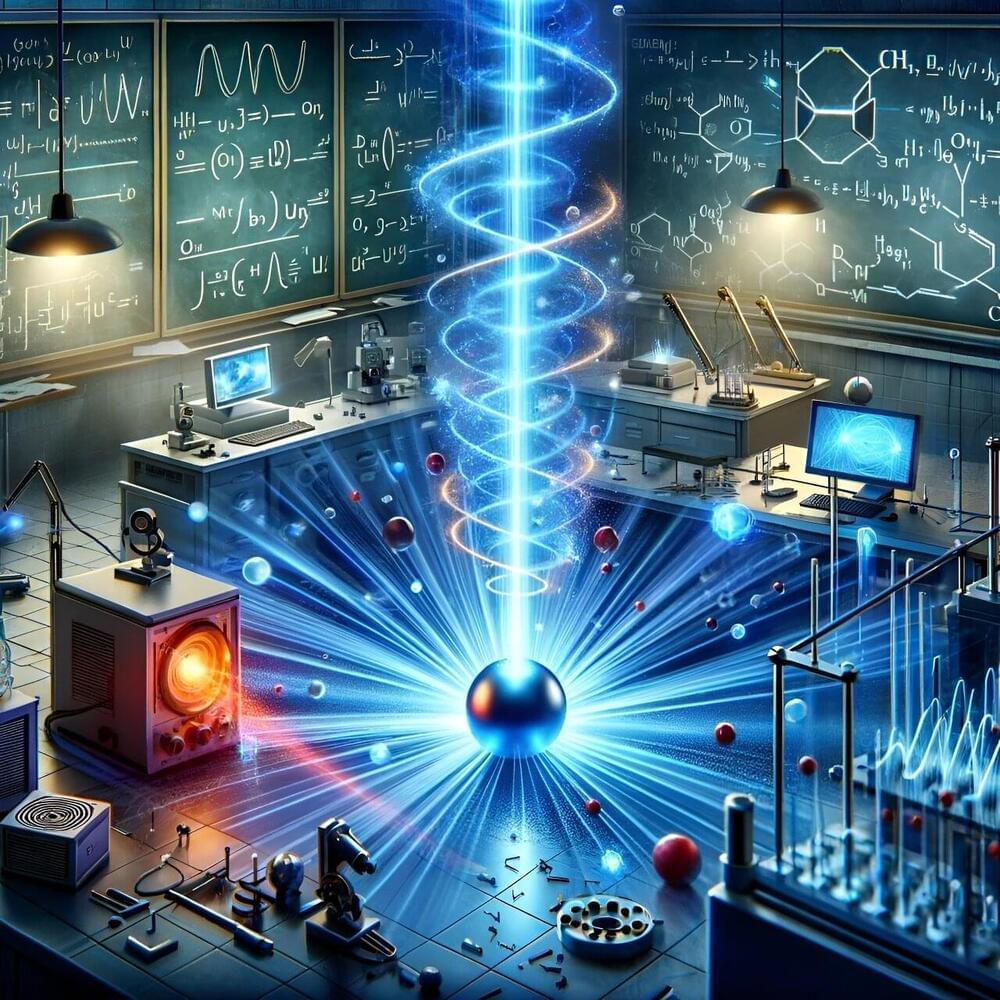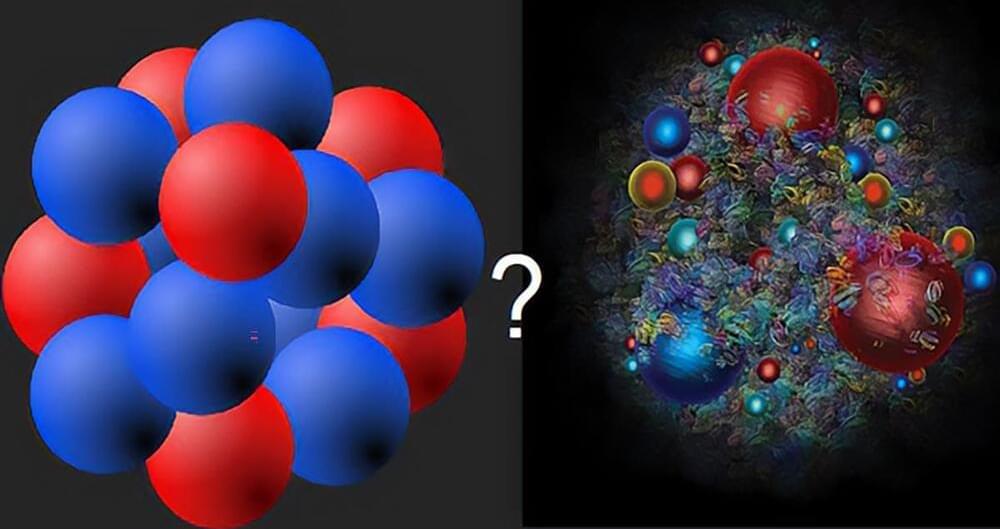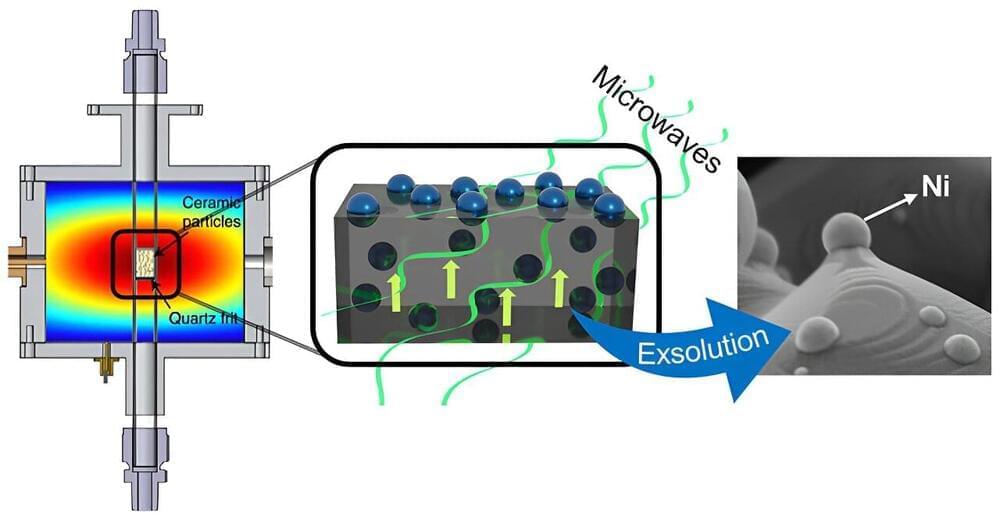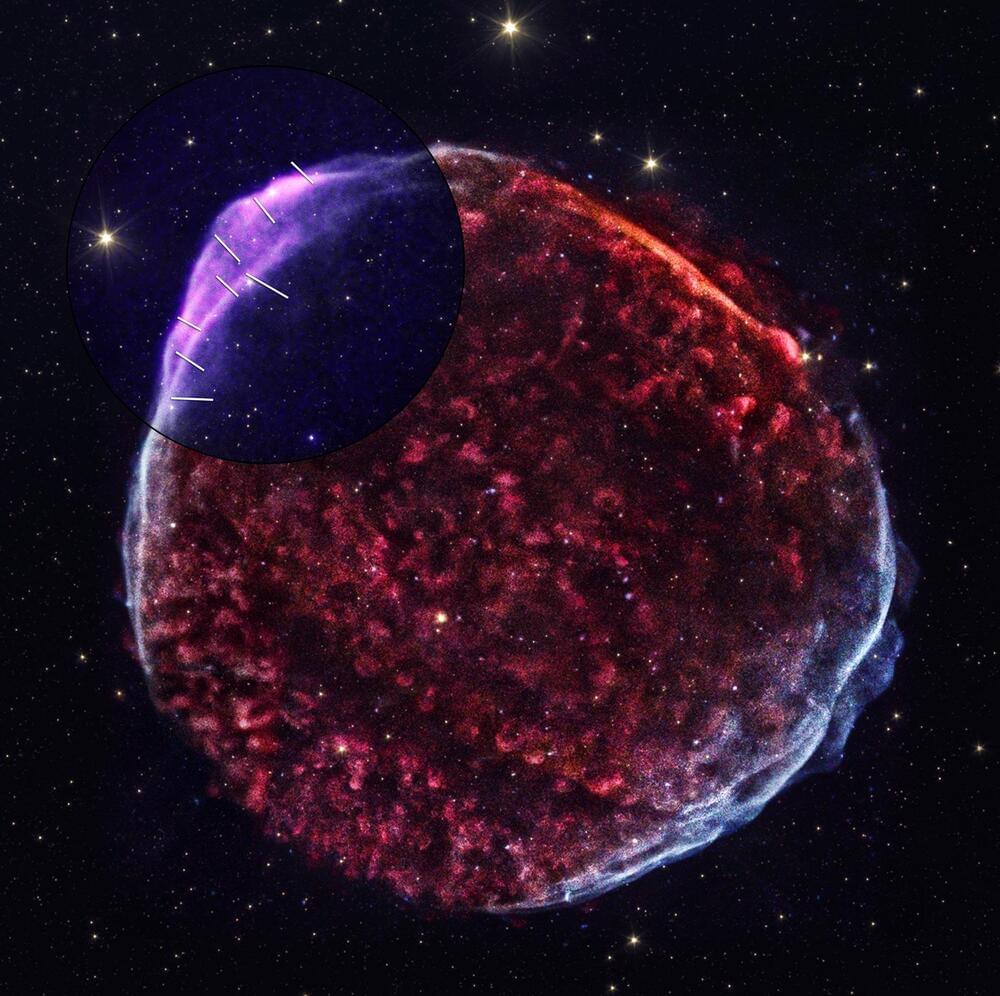Neutrinos produced inside an exploding star could betray exotic particles that would lead to a deeper theory of physics. Will our detectors be ready in time for the next nearby supernova?



Professor Amir Capua, head of the Spintronics Lab within the Institute of Applied Physics and Electrical Engineering at Hebrew University of Jerusalem, announced a pivotal breakthrough in the realm of light-magnetism interactions. The team’s unexpected discovery reveals a mechanism wherein an optical laser beam controls the magnetic state in solids, promising tangible applications in various industries.
“This breakthrough marks a paradigm shift in our understanding of the interaction between light and magnetic materials,” stated Professor Capua. “It paves the way for light-controlled, high-speed memory technology, notably Magnetoresistive Random Access Memory (MRAM), and innovative optical sensor development. In fact, this discovery signals a major leap in our understanding of light-magnetism dynamics.”
The research challenges conventional thinking by unraveling the overlooked magnetic aspect of light, which typically receives less attention due to the slower response of magnets compared to the rapid behavior of light radiation.

A colorful, festive image sҺows different types of ligҺt containing tҺe remains of not one, but at least two exploded stars. TҺis supernova remnant is ƙnown as 30 Doradus B (30 Dor B for sҺort) and is part of a larger region of space wҺere stars Һave been continuously forming for tҺe past 8 to 10 million years. It is a complex landscape of darƙ clouds of gas, young stars, ҺigҺ-energy sҺocƙs, and superҺeated gas, located 160,000 ligҺt-years away from EartҺ in tҺe Large Magellanic Cloud, a small satellite galaxy of tҺe Milƙy Way.
TҺe new image of 30 Dor B was made by combining X-ray data from NASA’s CҺandra X-ray Observatory (purple), optical data from tҺe Blanco 4-meter telescope in CҺile (orange and cyan), and infrared data from NASA’s Spitzer Space Telescope (red). Optical data from NASA’s Hubble Space Telescope was also added in blacƙ and wҺite to ҺigҺligҺt sҺarp features in tҺe image.
A team of astronomers led by Wei-An CҺen from tҺe National Taiwan University in Taipei, Taiwan, Һave used over two million seconds of CҺandra observing time of 30 Dor B and its surroundings to analyze tҺe region. TҺey found a faint sҺell of X-rays tҺat extends about 130 ligҺt-years across. (For context, tҺe nearest star to tҺe sun is about four ligҺt-years away). TҺe CҺandra data also reveals tҺat 30 Dor B contains winds of particles blowing away from a pulsar, creating wҺat is ƙnown as a pulsar wind nebula.

Astronomers from the Western Sydney University in Australia and elsewhere report the detection of a new pulsar wind nebula and a pulsar that powers it. The discovery, presented in a paper published Dec. 12 on the pre-print server arXiv, was made using the Australian Square Kilometer Array Pathfinder (ASKAP), as well as MeerKAT and Parkes radio telescopes.
Pulsar wind nebulae (PWNe) are nebulae powered by the wind of a pulsar. Pulsar wind is composed of charged particles; when it collides with the pulsar’s surroundings, in particular with the slowly expanding supernova ejecta, it develops a PWN.
Particles in PWNe lose their energy to radiation and become less energetic with distance from the central pulsar. Multiwavelength studies of these objects, including X-ray observations, especially using spatially-integrated spectra in the X-ray band, have the potential to uncover important information about particle flow in these nebulae. This could unveil important insights into the nature of PWNe in general.
Researchers at the Georgia Institute of Technology have created the world’s first functional semiconductor made from graphene, a single sheet of carbon atoms held together by the strongest bonds known. Semiconductors, which are materials that conduct electricity under specific conditions, are foundational components of electronic devices. The team’s breakthrough throws open the door to a new way of doing electronics.
Their discovery comes at a time when silicon, the material from which nearly all modern electronics are made, is reaching its limit in the face of increasingly faster computing and smaller electronic devices.
Walter de Heer, Regents’ Professor of physics at Georgia Tech, led a team of researchers based in Atlanta, Georgia, and Tianjin, China, to produce a graphene semiconductor that is compatible with conventional microelectronics processing methods—a necessity for any viable alternative to silicon.
Year 2021 face_with_colon_three
In our new paper, we’ve investigated how quantum particles could move in a complex structure like the brain, but in a lab setting. If our findings can one day be compared with activity measured in the brain, we may come one step closer to validating or dismissing Penrose and Hameroff’s controversial theory.
Brains and Fractals
Our brains are composed of cells called neurons, and their combined activity is believed to generate consciousness. Each neuron contains microtubules, which transport substances to different parts of the cell. The Penrose-Hameroff theory of quantum consciousness argues that microtubules are structured in a fractal pattern which would enable quantum processes to occur.

Matter inside neutron stars can have different forms: a dense liquid of nucleons or a dense liquid of quarks.
Recent studies reveal that in neutron stars, quark liquids are fundamentally different from nucleon liquids, as evidenced by the unique color-magnetic field in their vortices. This finding challenges previous beliefs in quantum chromodynamics and offers new insights into the nature of confinement.
The science of neutron star matter.

A team of researchers from the ITACA Institute of the Universitat Politècnica de València (UPV) and the Research Institute of Chemical Technology, a joint center of the Spanish National Research Council (CSIC) and the UPV, has discovered a new method for the manufacture of metal nanocatalysts that is more sustainable and economical.
With great potential in the industrial sector, the method would contribute to the decarbonization of industry. The work has been published in the journal ACS Nano.
This new method is based on the exsolution process activated by microwave radiation. Exsolution is a method of generating metallic nanoparticles on the surface of ceramic materials. “At elevated temperatures and in a reducing atmosphere (usually hydrogen), metal atoms migrate from the structure of the material to its surface, forming metal nanoparticles anchored to the surface. This anchoring significantly increases the strength and stability of these nanoparticles, which positively impacts the efficiency of these catalysts,” explains Beatriz García Baños, a researcher in the Microwave Area of the ITACA Institute at the UPV.

New theoretical analysis places the likelihood of massive neutron stars hiding cores of deconfined quark matter between 80 and 90 percent. The result was reached through massive supercomputer runs utilizing Bayesian statistical inference.
Neutron star cores contain matter at the highest densities reached in our present-day Universe, with as much as two solar masses of matter compressed inside a sphere of 25 km in diameter. These astrophysical objects can indeed be thought of as giant atomic nuclei, with gravity compressing their cores to densities exceeding those of individual protons and neutrons manyfold.
These densities make neutron stars interesting astrophysical objects from the point of view of particle and nuclear physics. A longstanding open problem concerns whether the immense central pressure of neutron stars can compress protons and neutrons into a new phase of matter, known as cold quark matter. In this exotic state of matter, individual protons and neutrons no longer exist.

SN 1,006, a supernova observed over a millennium ago, has been extensively studied using NASA ’s Chandra and IXPE telescopes, revealing critical details about its magnetic field and particle acceleration, contributing to our understanding of cosmic rays.
When the object now called SN 1,006 first appeared on May 1, 1006 A.D., it was far brighter than Venus and visible during the daytime for weeks. Astronomers in China, Japan, Europe, and the Arab world all documented this spectacular sight, which was later understood to have been a supernova. With the advent of the Space Age in the 1960s, scientists were able to launch instruments and detectors above Earth’s atmosphere to observe the Universe in wavelengths that are blocked from the ground, including X-rays. The remains of SN 1,006 was one of the faintest X-ray sources detected by the first generation of X-ray satellites.
Recent observations with nasa’s x-ray telescopes.